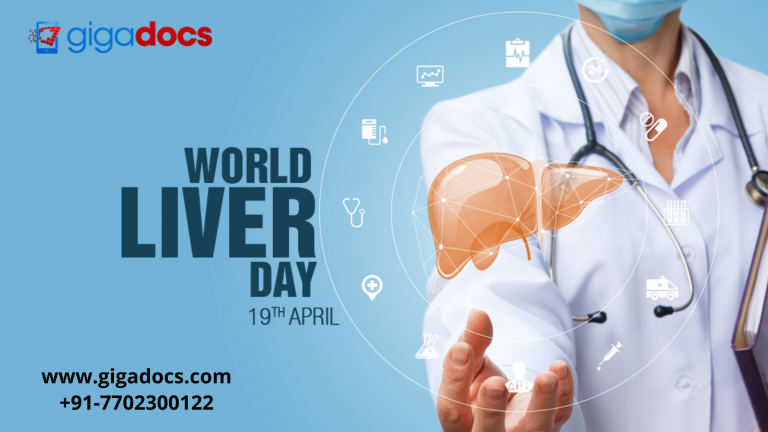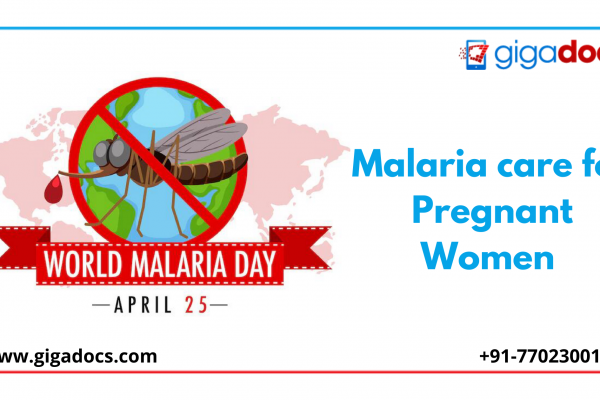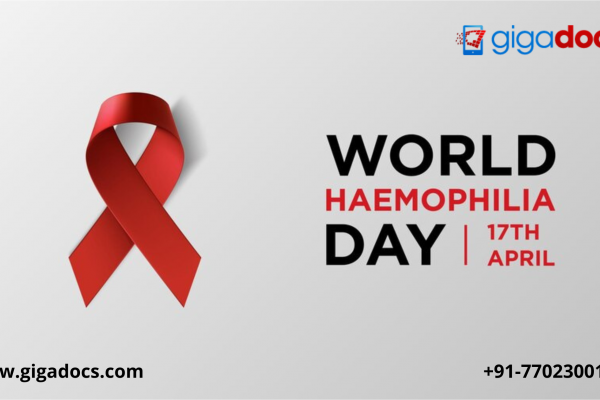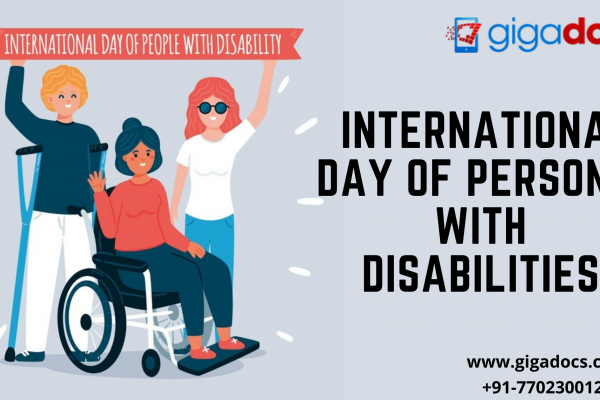Our liver is the largest internal organ in the human body, weighing between 3 and 5 pounds, and contains about a pint of blood, or 13% of the total blood supply, at any given time. On 19 April, we observed World Liver Day- a day dedicated to spreading awareness about liver-related diseases. In this blog, let’s understand some unknown facts about our liver and how we can keep our liver healthy.
| Do you know? A healthy liver turns a deep reddish-brown color and filters over a liter of blood per minute, about 22 gallons per hour, and more than 250 gallons of blood in 24 hours. The liver is the only organ that has more tasks than the brain! |
How Does Your Liver Function?
Your liver is a multitasking organ that performs over 500 vital functions. The liver is the second closest to our brain when we consider the functions it undertakes! We can’t feel our liver working, unlike our lungs or heart. Many people do not consider their liver until something goes wrong.
Many of the liver’s functions link to one’s metabolism. These metabolic functions enable you to convert food into energy, break down food into the essential building blocks your body requires, and eliminate waste. Let’s understand those functions in detail-
Functions of the Liver
- Helps in the production of bile, a yellow-green acidic liquid that aids digestion by transporting waste and breaking down fats in the small intestine.
- Produces blood plasma proteins, the fluid that transports blood components (red and white blood cells, platelets), nutrients, hormones, proteins, and waste products.
- Produces cholesterol and proteins that aid in transporting fats throughout the body.
- Converts unused glucose into glycogen, converted back to glucose for energy when needed.
- Regulates blood sugar levels and produces blood sugar as needed.
- ● Stores iron extracted from hemoglobin, the oxygen-carrying protein in your red blood cells.
- Converts poisonous ammonia to urea, produced during digestion.
- Controls blood clotting (or our ability to stop bleeding)
- Breaks harmful substances into smaller byproducts, which are then filtered out by the kidneys and excreted through urine.
Diseases of the Liver
- Hepatitis
While this controlled inflammation is necessary for the liver’s proper function and balance, it accelerates liver disease progression if dysregulated. Hepatitis is the name for this diseased inflammation. A person’s liver enters a complicated process with liver disease. Hepatitis is commonly associated with viral hepatitis, such as hepatitis A, B, or C, but viruses are not the only cause of hepatitis. Infection with a virus, excessive consumption of alcohol or fatty foods, or even our immune system can cause a persistent inflammatory response in the liver, disrupting the tightly regulated cycle of inflammation and healing.
- Fibrosis (Scarring)
When a person suffers from liver disease, their liver enters a dangerous cycle. Hepatitis, or chronic inflammation, sends nonstop signals to repair cells to keep depositing collagen. The extra collagen stiffens around the tissue, as it should in a healthy liver; however, instead of a signal sent to stop the inflammation and discard the extra collagen, the inflammation continues, resulting in even more stiffening- this is how fibrosis manifests itself.
- Cirrhosis
Cirrhosis happens when the liver is scarred and permanently damaged. It is most commonly associated with alcohol-induced liver disease; however, other types of liver disease can also be a causing factor. Although some liver scarring may improve over time, one must stay away from things that can harm the liver, like fatty foods, alcohol, and certain medications. Cirrhosis treatment usually consists of managing the symptoms of the disease and preventing further damage to avoid liver failure. Cirrhosis puts a person at a high risk of developing liver cancer.
- Jaundice
Hemoglobin from our red blood cells contains bilirubin, a yellow chemical. Bilirubin is processed out of the body by a healthy liver. Bilirubin builds up in the body if the liver fails to perform this function, and your skin or the whites of your eyes may appear yellow. Jaundice is the medical term for this condition. During the first week of life, many healthy babies develop jaundice. Blood diseases, genetic disorders, bile duct blockages, infections (such as hepatitis A), and even some medications can cause jaundice.
How Alcohol Hurts your Liver?
Alcoholic fatty liver can lead to liver inflammation, scarring (cirrhosis), and cancer. It can start with as few as four drinks per day for men and two drinks per day for women. One’s liver may have been irreversibly damaged, even when they notice the symptoms. The good news is that people who stop drinking when they have fatty liver may find an improvement in their condition.
Liver Cancer
One of the leading causes of cancer-related deaths worldwide is liver cancer. While the liver can be affected by different cancers, the most common is hepatocellular carcinoma, or HCC, which starts in the primary liver cells.
The early symptoms of liver failure are frequently confused with liver diseases and other illnesses. As a result, liver failure can be challenging to detect at first. Early signs and symptoms include mental confusion, sleepiness, nausea, loss of appetite, fatigue, diarrhea, and jaundice.
Liver Care with Gigadocs
Gigadocs tele-healthcare app improves access to liver disease specialists by leveraging digital healthcare for patients with liver disease. With Gigadocs teleconsultation, you can consult with a doctor of your choice from the safety and comfort of your home. Gigadocs also lets you book a blood test for initial checkups.
Download the Gigadocs App to read health tips and get the best care for your liver:
- IOS App – apple.co/2W2iG4V
- Android App – bit.ly/33AQoRC
To know more, e-mail at info@gigadocs.com




